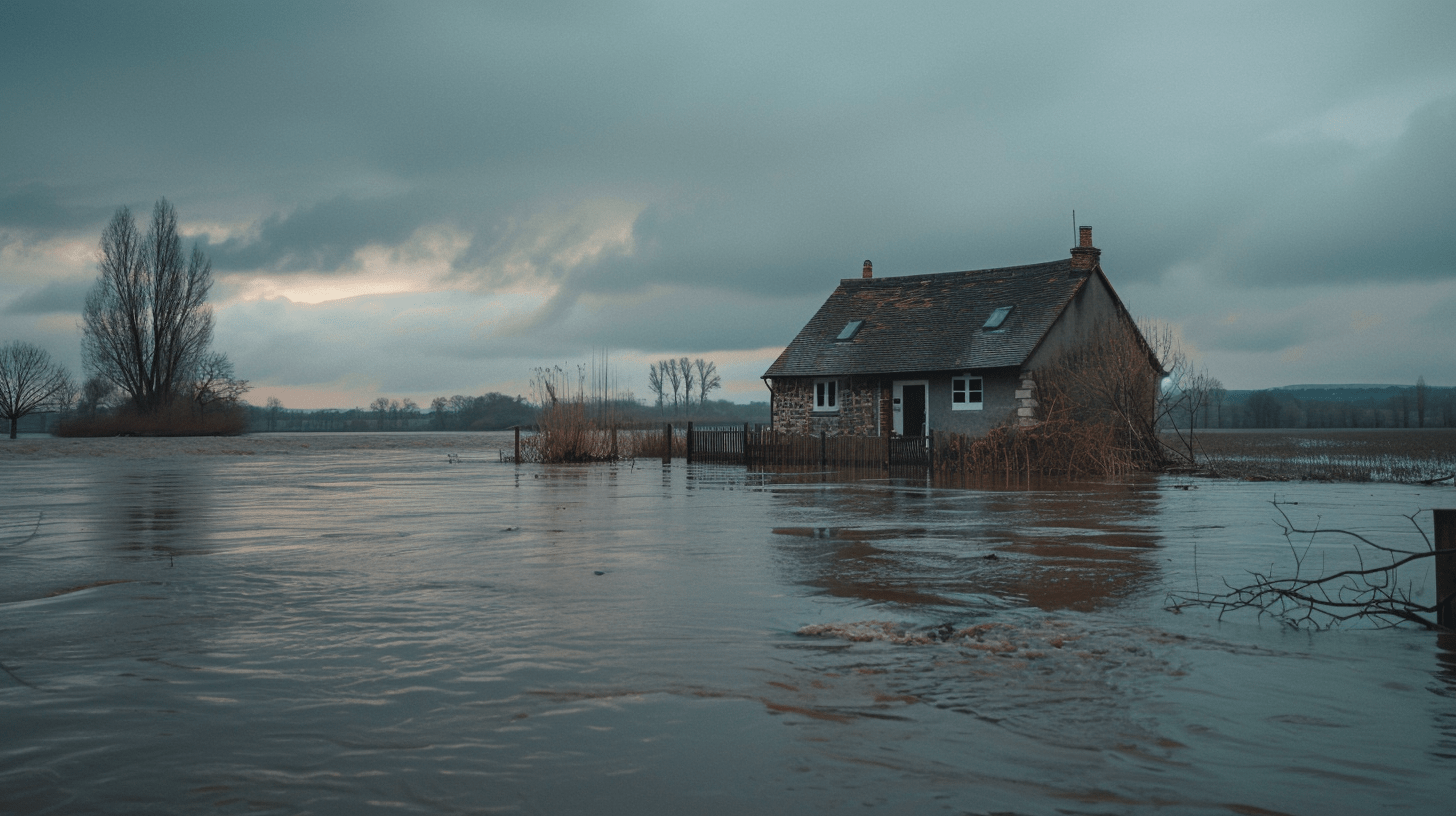Floods
Flooding is worsening with climate change and urban growth. Learn what causes floods, their impacts, and how to build resilience.

Sustainable Approaches
Sustainable flood management approaches work with natural processes to mitigate flood risks while providing environmental and social benefits.
Green Infrastructure and 'Sponge Cities':
Incorporating green spaces like parks, wetlands, and green roofs into urban design enhances water absorption and reduces runoff. The 'sponge city' concept, implemented in places like Wuhan, China, utilizes permeable surfaces and vegetation to manage stormwater naturally, decreasing flood risks and improving urban environments.
Wetland Restoration
Restoring and preserving wetlands enhances their natural capacity to absorb floodwaters. Wetlands act as buffers, slowing down water flow and reducing the severity of floods while supporting biodiversity.
- Louisiana, USA: The Coastal Wetlands Planning, Protection, and Restoration Act (CWPPRA) funds projects aimed at restoring wetlands along the Gulf Coast. These restored wetlands act as natural buffers, absorbing storm surges and reducing flood impacts on inland communities.
Afforestation and Reforestation:
Planting trees in upstream areas stabilizes soil and increases water infiltration, reducing surface runoff. Forested areas act as natural sponges, diminishing the volume and speed of floodwaters reaching downstream communities.
- Loess Plateau, China: Once severely degraded, this area underwent extensive afforestation efforts. Planting trees stabilized the soil, increased water infiltration, and reduced surface runoff, leading to a significant decrease in flood occurrences and improved agricultural productivity.